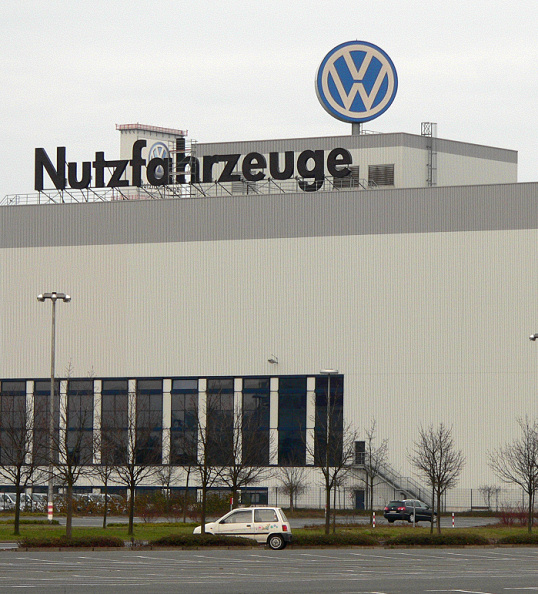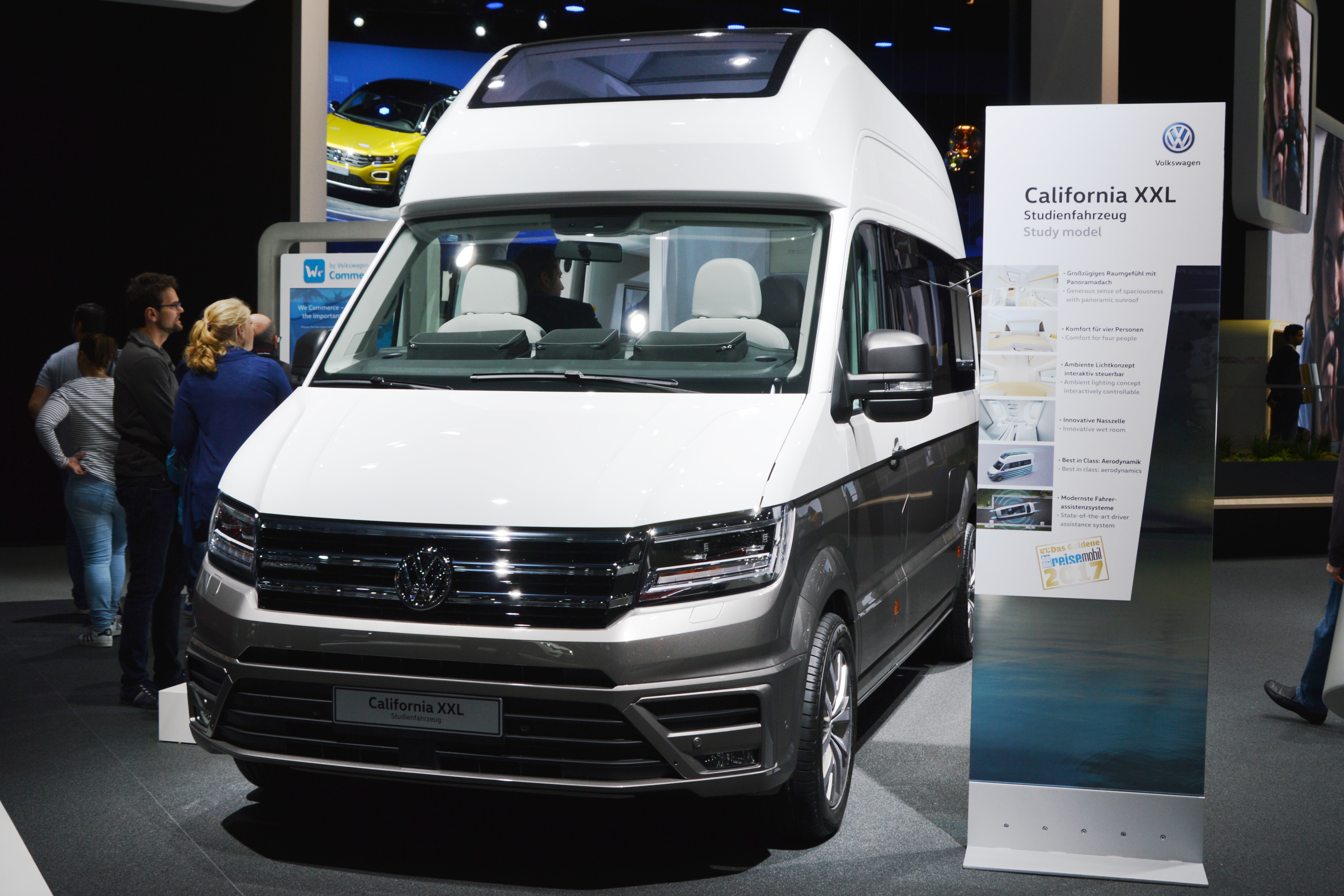|
Volkswagen Commercial Vehicles
Volkswagen Commercial Vehicles (VWCV; german: Volkswagen Nutzfahrzeuge , abbreviated ''VWN'' ) is a German brand, marque of light commercial vehicles, owned by Volkswagen Group. It is headquartered in Hannover, Lower Saxony, Germany. Originally part of Volkswagen Passenger Cars (business area), it has operated as a separate marque since 1995. Organizational structure Volkswagen Commercial Vehicles is a marque, not a legal entity. Its activities are within Volkswagen's ''Commercial Vehicles Business Area'', which also includes the activities of the Scania and MAN marques. The Scania and MAN marques are managed by Traton. Accordingly, Volkswagen Commercial Vehicles is an associate partner of Traton. History 1947 to 1960 In 1947, Volkswagen Dutch importer Ben Pon sketched a van based on Beetle components which became the legendary Volkswagen Type 2, Type 2 Transporter range after seeing the Volkswagen Beetle-based Volkswagen Plattenwagen, Plattenwagen. In 1949, Volkswagen Gener ... [...More Info...] [...Related Items...] OR: [Wikipedia] [Google] [Baidu] |
Hanover
Hanover (; german: Hannover ; nds, Hannober) is the capital and largest city of the German state of Lower Saxony. Its 535,932 (2021) inhabitants make it the 13th-largest city in Germany as well as the fourth-largest city in Northern Germany after Berlin, Hamburg and Bremen. Hanover's urban area comprises the towns of Garbsen, Langenhagen and Laatzen and has a population of about 791,000 (2018). The Hanover Region has approximately 1.16 million inhabitants (2019). The city lies at the confluence of the River Leine and its tributary the Ihme, in the south of the North German Plain, and is the largest city in the Hannover–Braunschweig–Göttingen–Wolfsburg Metropolitan Region. It is the fifth-largest city in the Low German dialect area after Hamburg, Dortmund, Essen and Bremen. Before it became the capital of Lower Saxony in 1946, Hannover was the capital of the Principality of Calenberg (1636–1692), the Electorate of Hanover (1692–1814), the Kingdom of Hannover ... [...More Info...] [...Related Items...] OR: [Wikipedia] [Google] [Baidu] |
Diesel Engine
The diesel engine, named after Rudolf Diesel, is an internal combustion engine in which ignition of the fuel is caused by the elevated temperature of the air in the cylinder due to mechanical compression; thus, the diesel engine is a so-called compression-ignition engine (CI engine). This contrasts with engines using spark plug-ignition of the air-fuel mixture, such as a petrol engine (gasoline engine) or a gas engine (using a gaseous fuel like natural gas or liquefied petroleum gas). Diesel engines work by compressing only air, or air plus residual combustion gases from the exhaust (known as exhaust gas recirculation (EGR)). Air is inducted into the chamber during the intake stroke, and compressed during the compression stroke. This increases the air temperature inside the cylinder to such a high degree that atomised diesel fuel injected into the combustion chamber ignites. With the fuel being injected into the air just before combustion, the dispersion of the fuel is une ... [...More Info...] [...Related Items...] OR: [Wikipedia] [Google] [Baidu] |
Volkswagen L80
In 1994 Volkswagen Commercial Vehicles in Europe and Volkswagen of Brazil launched the jointly developed L80 light truck for the European market. The L80 came in only one specification with a MWM 4.3L 4cylinder diesel motor producing at 2600 rpm with torque of at 1,600 to 2,000 rpm. It met the European exhaust and emissions tests of 91/542/EEC Standard to EG/70/157. The chassis of the L80 was tested extensively on South American roads and had a gross vehicle weight of and a loading capacity. Tyres had a dimension of 215/75 x 17.5 which complied German standards of the time. The cab was borrowed from the Volkswagen LT The Volkswagen Transporter LT is the largest light commercial panel van produced by Volkswagen (and subsequently Volkswagen Commercial Vehicles as of 1996) from 1975 to 2006, before being replaced by the Crafter. Two generations were produced ... series; a different front bumper and headlights it gave the L80 a different appearance. The L80 was discon ... [...More Info...] [...Related Items...] OR: [Wikipedia] [Google] [Baidu] |
Taipei
Taipei (), officially Taipei City, is the capital and a special municipality of the Republic of China (Taiwan). Located in Northern Taiwan, Taipei City is an enclave of the municipality of New Taipei City that sits about southwest of the northern port city of Keelung. Most of the city rests on the Taipei Basin, an ancient lakebed. The basin is bounded by the relatively narrow valleys of the Keelung and Xindian rivers, which join to form the Tamsui River along the city's western border. The city of Taipei is home to an estimated population of 2,646,204 (2019), forming the core part of the Taipei–Keelung metropolitan area, which includes the nearby cities of New Taipei and Keelung with a population of 7,047,559, the 40th most-populous urban area in the world—roughly one-third of Taiwanese citizens live in the metro district. The name "Taipei" can refer either to the whole metropolitan area or just the city itself. Taipei has been the seat of the ROC central government ... [...More Info...] [...Related Items...] OR: [Wikipedia] [Google] [Baidu] |
Volkswagen Transporter (T4)
The Volkswagen Transporter (T4), marketed in North America as the Volkswagen EuroVan, is a van produced by the German manufacturer Volkswagen Commercial Vehicles between 1990 and 2004, succeeding the Volkswagen Type 2 (T3) and superseded by the Volkswagen Transporter (T5). History Introduced in 1990, the T4 was the first Volkswagen van to have a front-mounted, water-cooled engine. Prompted by the success of similar moves with their passenger cars, Volkswagen had toyed with the idea of replacing their air-cooled, rear-engined T2 vans with a front-engined, water-cooled design in the late 1970s. The reasons for deciding in 1980 to instead introduce a new rear-engined T3 are unclear. Thus, the introduction of a front-engined layout was delayed until the arrival of the T4. After a run of nearly 14 years, T4 production ceased in 2003, making it second only to the T1 for length of production in its home market. Chassis Part of the success of the T4 was its versatility. It was ... [...More Info...] [...Related Items...] OR: [Wikipedia] [Google] [Baidu] |
Volkswagen Taro
The Volkswagen Taro 1 tonne pickup truck was introduced in January 1989 by Volkswagen Commercial Vehicles to complement the half tonne Caddy pickup / panel van ranges, and the 1 tonne Transporter van and chassis cab ranges. The name " tarō" is a suffix used in Japanese to denote the oldest brother or son, or the first-born son of a family. The Taro was a project of badge engineering. The Taro was a rebadged fifth generation Toyota Hilux, which was fully engineered and designed by Toyota. The two companies came together in an effort to solve each other's problems: *Volkswagen Group at the time did not have a one-tonne pickup truck. *Toyota wanted a bigger European market share of the one-tonne utility market. History In the late 1980s, Volkswagen Group and Toyota signed an agreement that Volkswagen Commercial Vehicles would assemble the Toyota Hilux at its VWCV factory in Hanover, Germany, and it would be sold under the Volkswagen Taro moniker. The first Taros ... [...More Info...] [...Related Items...] OR: [Wikipedia] [Google] [Baidu] |
Volkswagen California
The Volkswagen California is a campervan based on the mid-sized Transporter panel van, developed by Volkswagen Commercial Vehicles (VWCV) and sold since 2003. It is the first campervan designed and built in-house by VWCV Special Business Unit, a subsidiary of Volkswagen Commercial Vehicles. Previously, Volkswagen offered the Volkswagen Westfalia Camper manufactured by Westfalia; the chassis were manufactured for Westfalia exclusively by Volkswagen. When Westfalia was acquired by DaimlerChrysler in 2001, VW decided to design and build their own campervan range, based on the Transporter range. The VWCV-designed camper van originally was called the Volkswagen Westfalia to provide branding continuity when it was launched in 2003; once Westfalia became its own company in 2005, VW rebranded it as the Westfalia California until 2012, when it received its present name. Since then, VWCV have developed larger (Grand California, 2019) and smaller (Caddy California, 2021) campervans to fil ... [...More Info...] [...Related Items...] OR: [Wikipedia] [Google] [Baidu] |
Four-wheel Drive
Four-wheel drive, also called 4×4 ("four by four") or 4WD, refers to a two-axled vehicle drivetrain capable of providing torque to all of its wheels simultaneously. It may be full-time or on-demand, and is typically linked via a transfer case providing an additional output drive shaft and, in many instances, additional gear ranges. A four-wheel drive vehicle with torque supplied to both axles is described as "all-wheel drive" (AWD). However, "four-wheel drive" typically refers to a set of specific components and functions, and intended off-road application, which generally complies with modern use of the terminology. Definitions Four-wheel-drive systems were developed in many different markets and used in many different vehicle platforms. There is no universally accepted set of terminology that describes the various architectures and functions. The terms used by various manufacturers often reflect marketing rather than engineering considerations or significant technical diff ... [...More Info...] [...Related Items...] OR: [Wikipedia] [Google] [Baidu] |
Volkswagen Caddy
The Volkswagen Caddy is a panel van and leisure activity vehicle (M-segment) produced by the German automaker Volkswagen Group since 1980. It is sold in Europe and in other markets around the world. The Volkswagen Caddy was first introduced in North America in 1980 and in Europe in 1982. The first and second generations also had pick-up ( coupe utility) variants. The following vehicles are related to the Volkswagen Caddy and are also manufactured by the Volkswagen Group. *''Typ'' 14 was derived from the Volkswagen Golf Mk1, *''Typ'' 9K was derived from the Volkswagen Polo Mk3 (Volkswagen Caddy) / SEAT Ibiza Mk2 (SEAT Inca) platform, *''Typ'' 9U was rebadged Škoda Felicia pickup, *''Typ'' 2K was derived from the Volkswagen Touran platform with Golf Mk5 front suspension, *''Typ'' SB was rebadged for the third generation of the Ford Tourneo Connect since 2021. First generation (''Typ'' 14; 1979) Released in 1979, the first Volkswagen Caddy is a coupe utility and van based on ... [...More Info...] [...Related Items...] OR: [Wikipedia] [Google] [Baidu] |
Wasserboxer
The Volkswagen wasserboxer is a four cylinder (engine), cylinder flat engine, horizontally opposed overhead-valve, pushrod overhead-valve (OHV) petrol engine developed by Volkswagen. The engine is water cooling, water-cooled, and takes its name from the german: "wasserboxer" ("Water-boxer"); with "boxer" being another term for horizontally opposed engines. It was available in two engine displacement, displacements – either a 1.9-litreETKA or a 2.1-litre; the 2.1-litre being a longer stroke (engine), stroke version of the 1.9-litre, both variants sharing the same bore (engine), cylinder bore. This engine was unique to the Volkswagen Type 2 (T3) (Transporter T3 / Caravelle / Vanagon / T25), having never been used in any other vehicle. Volkswagen contracted Oettinger to develop a six-cylinder version of this engine. Volkswagen decided not to use it, but Oettinger sold a Volkswagen Type 2 (T3) equipped with this engine. Design detail The wasserboxer featured a casting, cast alumi ... [...More Info...] [...Related Items...] OR: [Wikipedia] [Google] [Baidu] |
Petrol Engine
A petrol engine (gasoline engine in American English) is an internal combustion engine designed to run on petrol (gasoline). Petrol engines can often be adapted to also run on fuels such as liquefied petroleum gas and ethanol blends (such as ''E10'' and ''E85''). Most petrol engines use spark ignition, unlike diesel engines which typically use compression ignition. Another key difference to diesel engines is that petrol engines typically have a lower compression ratio. Design Thermodynamic cycle Most petrol engines use either the four-stroke Otto cycle or the two-stroke cycle. Petrol engines have also been produced using the Miller cycle and Atkinson cycle. Layout Most petrol-powered piston engines are straight engines or V engines. However, flat engines, W engines and other layouts are sometimes used. Wankel engines are classified by the number of rotors used. Compression ratio Cooling Petrol engines are either air-cooled or water-cooled. Ignition Petrol e ... [...More Info...] [...Related Items...] OR: [Wikipedia] [Google] [Baidu] |

.jpg)






_utility_(27473696625).jpg)
